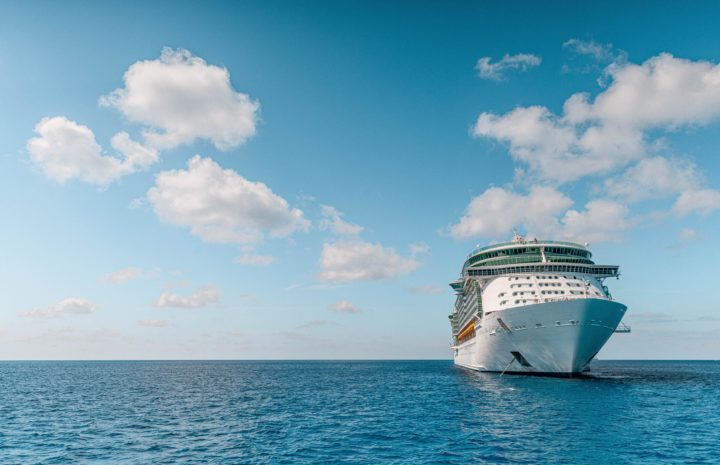Nestled in the remote northwest region of Australia, Kimberley offers a captivating history that spans thousands of years. Kimberley’s rich history presents a compelling narrative from ancient Aboriginal rock art to pioneering European settlements. This article explores the reasons why Kimberley’s distinctive heritage is worth exploring. By burying themselves in the region’s cultural tapestry and uncovering the stories that shaped it, visitors can embark on an enthralling voyage through time.
An Ancient Connection
The past of Kimberley’s rich history is intrinsically related to the Aboriginal people. As a result, this region is rich in art on rocks, which reveals stories, rituals, and customs passed down through generations. For example, the famed Wandjina and Gwion galleries provide a window into Aboriginal people’s spiritual and cultural connection with the land. Visitors acquire insights into Aboriginal culture, their relationship with the environment, and a profound respect for the timeless wisdom of these ancient artworks by visiting these locations.
Pearling Pioneers
Kimberley’s history is also shaped by its early European settlers, particularly in the realm of pearling. In the late 19th century, discovering valuable pearls in the waters surrounding Kimberley attracted a diverse population of pearl divers, merchants, and entrepreneurs. As a result, the pearling industry became a major economic force, with Broome emerging as the pearling capital. Today, the town exudes a unique charm and allows visitors to delve into the captivating tales of adventure, hardship, and cultural fusion that define this industry.
World War II Heritage
Kimberley became a vital military outpost when the United States entered World War II. Due to its isolation and strategic location, the territory was perfect for use as a military stronghold. Interesting military installations and relics from this period can be found all over the region, and they give modern visitors a look into the lives of troops and townspeople during the war. Sites like the WWII Catalina Flying Boat Wrecks and the Truscott Airbase offer a poignant reminder of the sacrifices made during this tumultuous period. Exploring Kimberley’s World War II heritage sheds light on a lesser-known chapter of Australia’s history and honours the bravery and resilience of those who served.
Cattle Stations And Pioneering Spirit
The vast landscapes of Kimberley have long been home to cattle stations, where pioneering settlers sought to the same rugged terrain and establish prosperous pastoral enterprises. These stations showcase the region’s historical significance and offer a gateway to some of Kimberley’s captivating charter cruise destinations. Visiting these stations and interacting with the locals provides insight into the challenges and triumphs of life in this remote and unforgiving environment and opens up opportunities to explore Kimberley’s stunning coastal and riverine wonders through charter cruises.
Conclusion
Kimberley’s rich history is invaluable to Australia’s cultural fabric, offering a fascinating blend of ancient indigenous heritage and pioneering European narratives. By exploring the region’s Aboriginal rock art, immersing oneself in the pearling history of Broome, uncovering World War II remnants, and experiencing life on the cattle stations, visitors can embark on a truly enriching journey that deepens their understanding of this unique corner of the world. Kimberley’s heritage beckons those who thirst for knowledge and want to connect with the past, making it a destination that should be noticed.

